I believe a massage may be judged by various elements and principles that define a quality of touch in a massage session. These categories are Harmony, Story of Lines and Shapes, and Materiality & Texture, Value.
Harmony
Harmony is represented by the overall composition of a massage; it reflects how each element and principle has been applied. It is the totality of the session’s clinical and intuitive applications use to achieve a desired result. Harmony is determined by Pattern, Rhythm, Balance, Variety, and Emphasis & Space.
- Pattern: Patterns are important throughout a massage; they encourage a soothing psychological effect by promoting a logical narrative the client may follow. They are a series of repeating techniques, micro-formulas, tactics, and strategies.
- Rhythm: Rhythm is achieved through the repetition of movements that follow a predictable beat or pattern.
- Balance: As humans we are attracted to bilateral symmetry. We want to see and feel balance and equilibrium. Like an artist, massage therapists should strive to create sessions that are balanced. A balanced session feels stable, helps the client feel comfortable, and encourages completeness. An unbalanced massage instills an unstable, or incomplete sensations. Sometimes sessions will be unbalanced due to the requests of a client. Massages with a focus, or with an emphasis on specific areas will be unbalanced, and this is ok. It is more important to meet a client’s expectations by following their personal boundaries than it is to achieve balance.
- Variety: Variety is the combination of unity and contrast. It is used to break up the client’s perception of the techniques used throughout a massage. A massage that possesses too much unity may feel boring, while one with too much contrast may feel random and chaotic. When contrast is paired with unity it creates variety.
- Emphasis & Space (negative & positive space): Positive space are the areas being massaged. Negative space are areas that will remain untouched. Some massage therapists lack the ability to honor the personal boundaries set by the client. This occurs when a client requests only specific areas to be addressed, but the therapist refused to accommodate the request by massaging outside of the client’s designated fences. If a client asks to only have their arms massaged, the rest of the body must remain untouched. Artists and massage therapists have a difficult time refraining from filling negative space. When we look at our canvas we often feel like it is incomplete if the entire surface has not been touched. Respect the integrity of our trade of our trade by valuing the importance of negative space.
- 30 Minute Massage – A 30-minute session is designed to address specific issues, or a single focus.
- 60 Minute Massage – A 60-minute session is typically used to address one or two focus areas or a full body massage.
- 90 Minute Massage – A 90-minute session may be used to focus on up to three areas of your body or a full body massage with one, or two targeted areas.
- 120 Minute Massage – A 120-minute session may be used to focus on up to four areas of your body or a full body massage with two, or three targeted areas.

Story of Lines & Shapes
How well does the therapist tell a story in their massage using movements that encourage trust, foreshadowing, and rewarding predictability? The movement of a massage defines the pace and speed of each technique, micro-formula, tactic, and strategy.
Materiality & Texture
This represents a therapist’s ability to effectively use tools and lubricants to enhance the quality of a massage. This includes a therapist’s awareness of the texture and tactile sensation of every tool and lubricant used throughout a session. Materiality may also be defined by Form, and Value.
- Form: In massage Form represent the shape of your hand, the client’s anatomical structures, and the tools utilized throughout a service. Many massage therapists apply their techniques utilizing a robotic and orderly approach. They fail to imagine how the shape of their hand may feel for the client. The application of your techniques may be drastically altered based on the positioning of your hand, body, or client position.
- Value (pressure quality): In art value reflects the tint of an art piece from light to dark. In massage it is the practitioner’s ability to apply pressure in meaningful and appropriate way. It accounts for the therapist’s understanding of the philosophy of pressure application, and the importance of magnitude.







